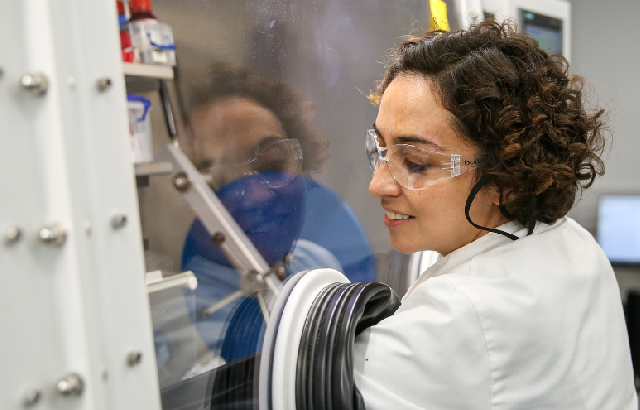
Green car. Credit: EduardHarkonen/iStock.com
The project, led by researchers from Queen Mary’s Mechanics of Composite Materials Group (MCM), will create an intelligent data-driven virtual testing tool to assess an emerging type of lightweight materials, known as synthetic cellular composites (CCs).
Materials found in nature are typically lightweight, strong and resilient to external loadings due to their hierarchical structures and material compositions. CCs are porous cellular materials inspired by natural materials such as wood. With unique combinations of multiple material constituents and architecture, CCs can absorb higher crash energy than many existing single-constituent cellular materials such as polymer foams and honeycombs.
It is thought that the use of CCs could improve the crashworthiness of future transportation vehicles, however the lack of scalable manufacturing techniques and reliable models for crash assessments have prevented the wider adoption of these materials
The new project aims to accelerate the transition to net zero, supporting future vehicles to reach similar levels of crashworthiness to current fossil-fuel powered cars, at a relatively low cost.
Moving safely towards net zero
The biggest challenges holding back the shift towards zero emission vehicles are safety concerns, low mileage range and high purchase prices. In terms of safety, the main threat to passengers is the potential for fire or explosion in a crash due to the high levels of energy stored in the batteries or fuel cells of these vehicles.
For this project, Queen Mary researchers form a consortium in collaboration with leading experts from Imperial College London, Delft University of Technology and University of Washington and industrial partners (Q-Flo Ltd and Ultima Forma Ltd) to address the challenges in developing lightweight cellular composites for future zero emission vehicles. Together, the research team will integrate computational modelling and data-driven methods to design the architected cellular composites and ultimately, improve the crashworthiness of future vehicles.
Dr. Wei Tan, the principal investigator for this project, said: “The emergence of cellular composites will deliver enhanced crashworthiness and operational efficiencies of transportation vehicles, which will improve the safety and mileage range of future vehicles. Through this project we aim to bridge solid mechanics, materials engineering and data science to enable rapid discovery, design and prototyping of scalable energy-absorbing materials.”
Wider impact
To support this project the researchers will develop a novel data-driven computational design tool for designing crashworthy structures that also has relevance for other sectors including aerospace and rail industries.
Dr Tan said: “The technology developed in this project is also transferable to other sectors, and could benefit researchers working on other porous cellular materials used in applications ranging from thermal insulation foams and battery electrodes, to artificial tissue scaffolds.”
“Our project will also help to promote the use of artificial intelligence (AI) in engineering design, addressing one of the Grand Challenges outlined by the Government for future UK industrial leadership."
More information



